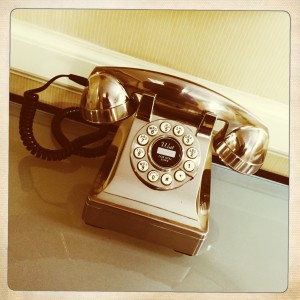The weekend was quickly approaching and I was considering what plans to make. It was only my second weekend in South Africa and I was determined to make it memorable. On my shuttle ride to the office that Friday morning, I solicited some ideas from Milton, the driver. Milton suggested touristy ideas, which all sounded great. But I wanted something different. I wanted an activity unique to tourists but commonplace for locals. The reason being I consider myself a local since I was born and raised in Africa, Nigeria to be specific. Also, as the saying goes, “you can take a man out of Africa, but you cannot take Africa out of a man.” Preach!
Milton then mentioned that the weather forecast predicted a severe cold front. And to make matters worse, rain was also coming along for the ride; it was winter season after all. Prior to my arrival in South Africa, I was forewarned about the horrible winters here. Since my arrival and to my surprise, the days have been embraced with sunshine and clear skies. The nights have been filled with mild cool winds. And, there is no snow. As a resident of California, this almost feels like home; which is another reason why I feel like a local here.
The weather wasn’t promising and the goal of making it a memorable weekend faced its first major challenge; a challenge that was a bit out of my control. I was somewhat discouraged so I asked Milton what he was up to for the weekend to get a peek into how locals could spend their time on a weekend hunted by bad weather. He thought for a second and replied, “I plan to relax and booze, but…” He paused mid-sentence, I thought something may have distracted him. Maybe he got a text or a phone call but his phone was visibly inactive. Maybe there was something on the road, but traffic seemed to be moving fine. I looked at him and his face had an inquisitive expression, one that looked like he was wrestling with a question in his thoughts. He then blurted out, with his voice slightly raised and sprinkled with sarcasm, “But how can you booze when it’s cold?”. Knowing it was a rhetorical question, we both laughed at our inevitable reality – the inclement weather being an E.P. (aka Enemy of Progress).
I later discovered that the best way to deal with a cold day (or any kind of weather as a matter of fact) is to braai (to grill or roast (meat) over open coals). South Africans LOVE to braai. They even have a National Braai Day. Braai is the equivalent of barbecuing in the U.S. It is one of the most popular social activities here in South Africa where people are encouraged to put away their old and new differences and live in the moment. Plus, meat is quite cheap here which makes it easy on most wallets.
If there is rain, you braai under the shade. If it is cold, you braai with a jacket on. If it is hot, you braai with less clothes on. If the weather is perfect, you braai. You get the idea. If you are curious as to how I spent that weekend, well, we did braai under the shade with jackets on.
When next you are looking for what to do on a weekend in South Africa, chances are there is a braai going on; all you have to do is invite yourself.





